Home » Understanding Shipping Regulations in Packaging
Understanding Shipping Regulations in Packaging
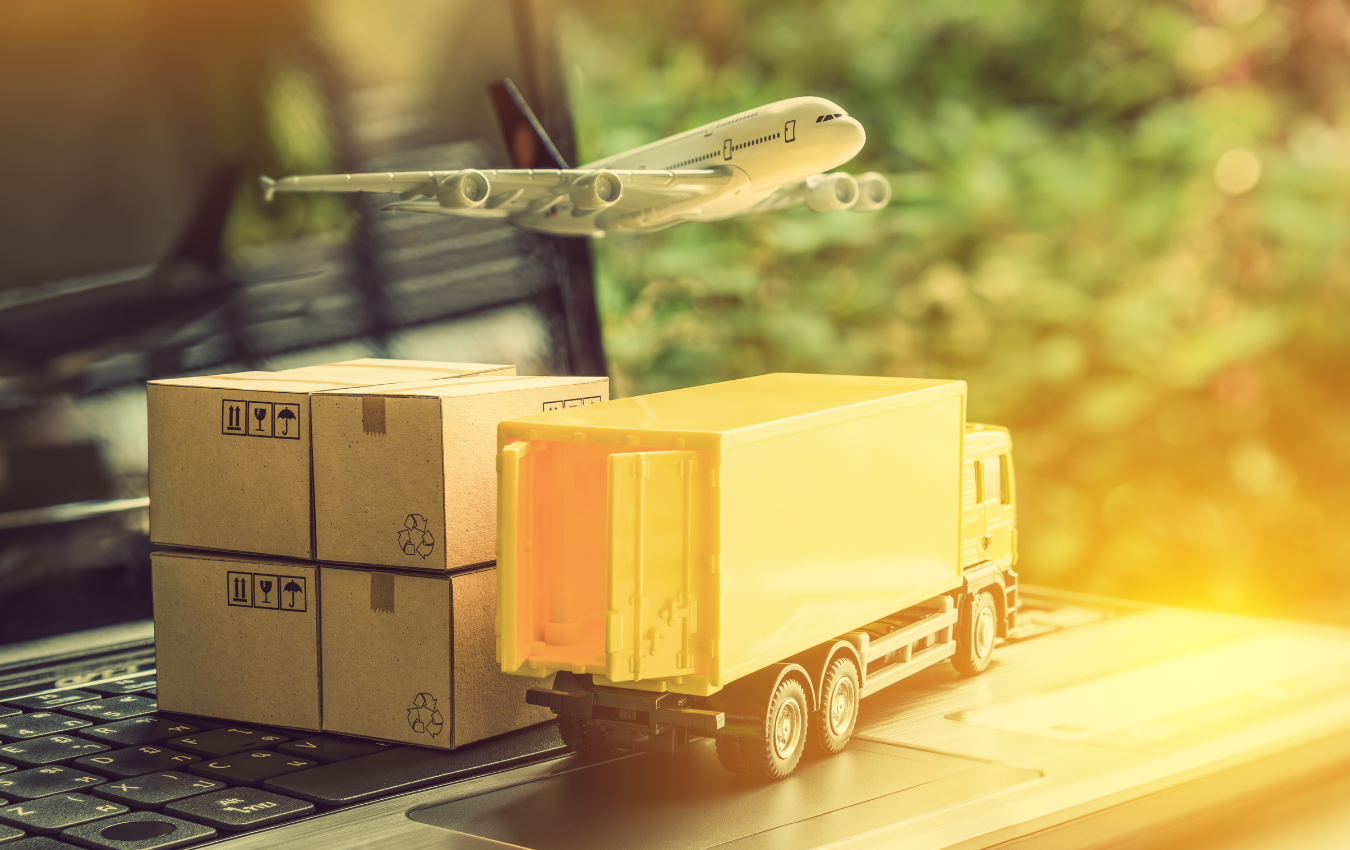
In the intricate landscape of logistics and supply chain management, compliance with shipping regulations is a critical aspect that businesses must navigate meticulously. The packaging of goods plays a pivotal role in adhering to these regulations. This blog post aims to dissect the complexities of shipping regulations and how they impact packaging, providing businesses with the knowledge to ensure compliance.
Understanding Shipping Regulations
Shipping regulations are a set of rules and standards set by authorities and shipping companies to ensure the safe, efficient, and legal transport of goods. These regulations can vary widely depending on the mode of transportation, the type of goods being shipped, and the countries involved.
Importance of Compliance
Compliance with shipping regulations is not just a legal requirement but also a business necessity. Non-compliance can lead to delays, fines, and even the seizure of goods, which can damage a company’s reputation and bottom line.
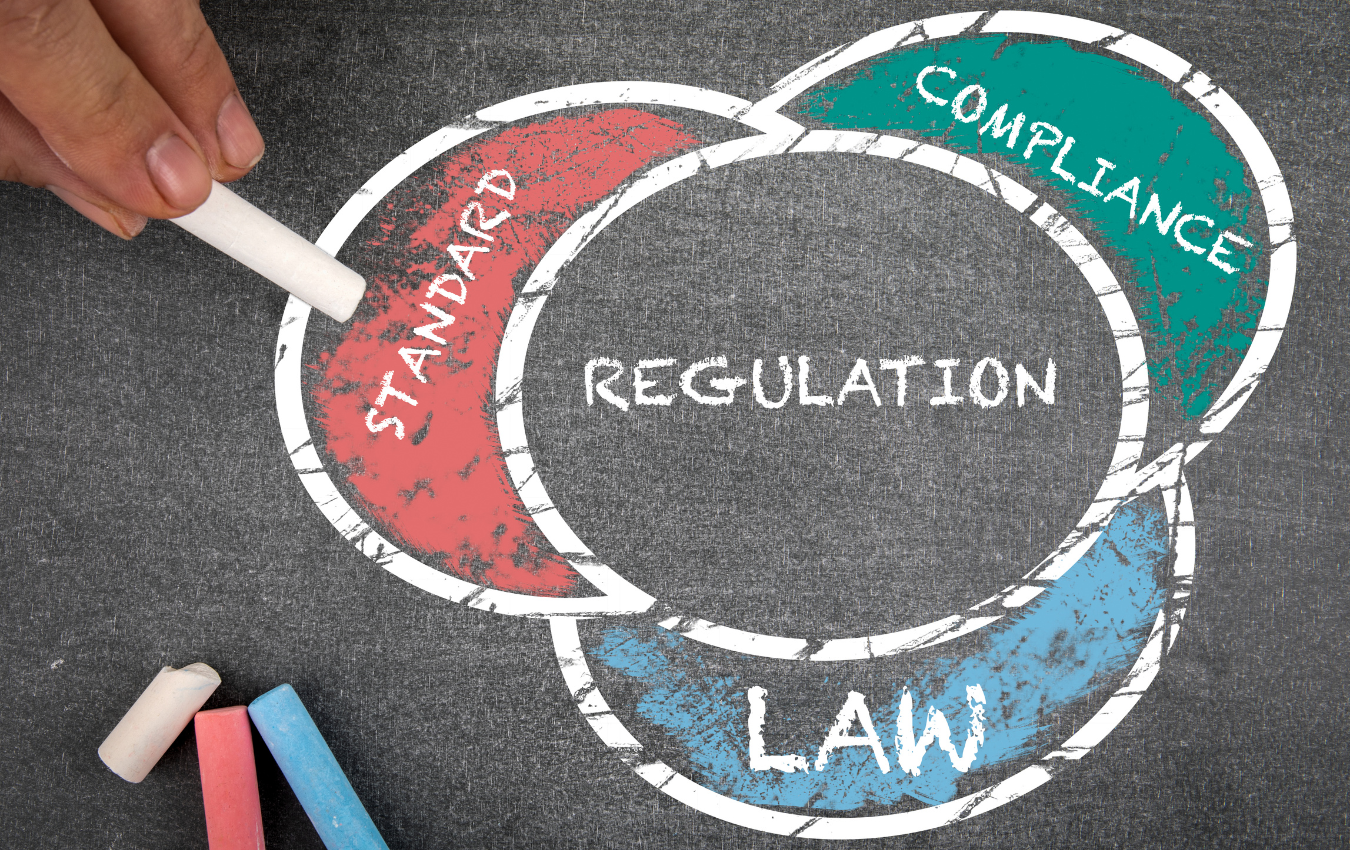
Key Aspects of Shipping Regulations in Packaging
- Size and Weight Limitations: Most shipping carriers have specific size and weight limits for packages. Exceeding these limits can result in additional charges or shipment rejections.
- Hazardous Materials: The packaging of hazardous materials (Hazmat) is subject to stringent regulations to prevent accidents during transit.
- Labeling and Documentation: Proper labeling and accompanying documentation are crucial for smooth customs clearance and compliance with international shipping standards.
- Packaging Materials: Some regulations dictate the type of materials that can be used, especially for international shipments, to prevent environmental harm and pest infestation.
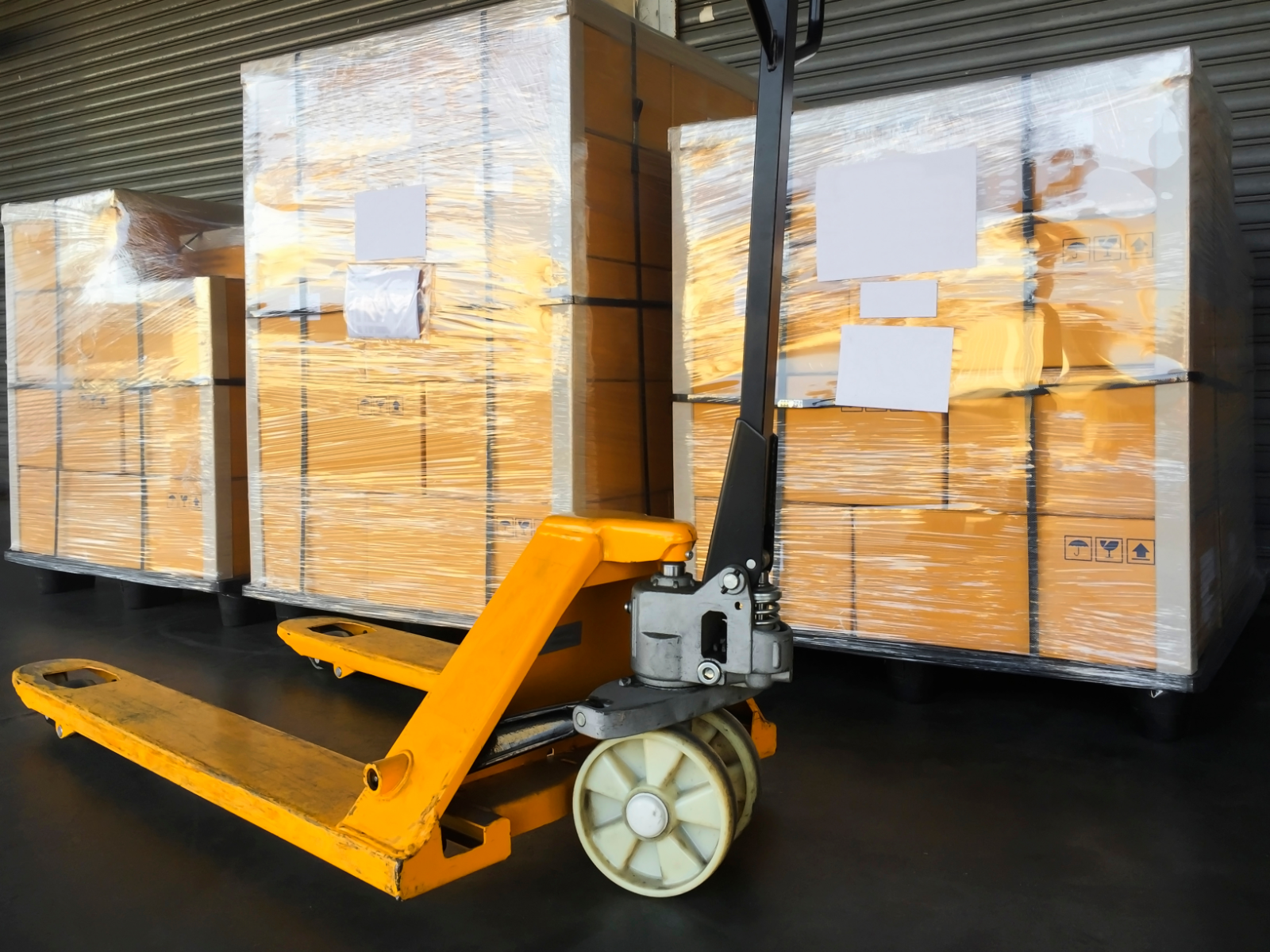
Strategies for Compliance
- Stay Informed: Regularly update your knowledge of shipping regulations, which can change frequently, especially in international contexts.
- Design for Compliance: Consider regulatory requirements in the initial stages of packaging design to avoid costly redesigns or delays.
- Training and Education: Ensure that your staff, especially those involved in packaging and logistics, are well-trained in compliance matters.
- Build Relationships with Carriers: Establish strong relationships with shipping carriers and logistics providers who can offer valuable guidance on compliance.

Challenges in Compliance
- Complexity of International Shipping: Navigating the myriad of regulations across different countries can be daunting and requires thorough research and planning.
- Evolving Regulations: Shipping regulations, especially those related to safety and environmental protection, are constantly evolving.
Technological Solutions
- Software for Compliance Management: Utilize software solutions that help in managing and staying updated with shipping regulations.
- Automation in Packaging: Automated packaging systems can be programmed to comply with various shipping standards, reducing the risk of human error.
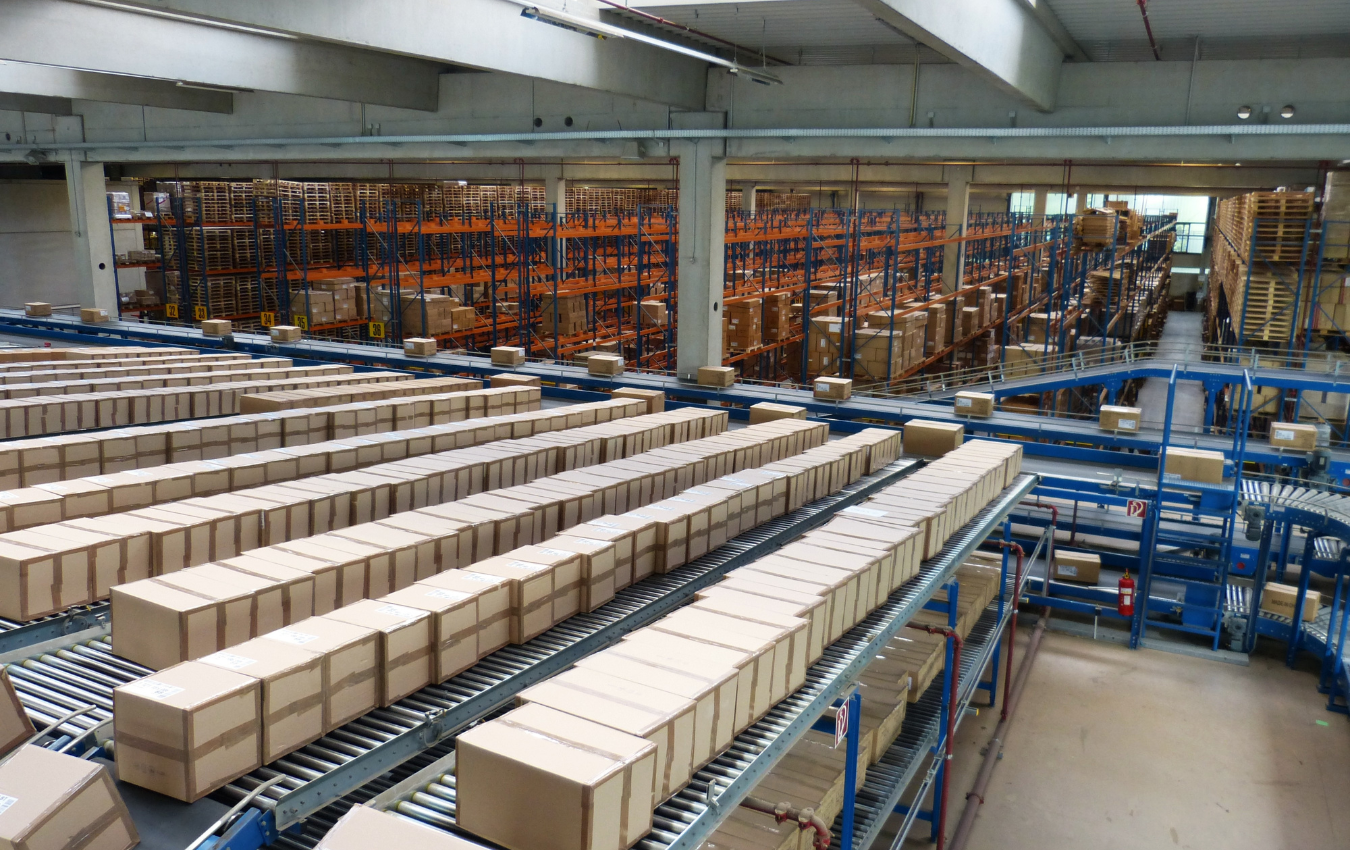
Environmental Regulations
- Sustainable Packaging: Environmental regulations are increasingly influencing packaging choices. Eco-friendly and recyclable materials are not only beneficial for the planet but also align with global shipping regulations.
If you are interested in packaging that is compliant to specific shipping regulations, then partner with Brown Packaging today to get started.
Retailers place strict requirements on packaging to ensure products move efficiently through distribution centers, arrive safely, and look consistent on shelves. Non-compliance can lead to
RSC boxes dominate shipping because they combine strength with efficiency. But beyond protection, their dimensions and stacking performance directly influence freight cost, pallet utilization, and
The Regular Slotted Container (RSC) is the most widely used corrugated box style in the world. Its simplicity, manufacturing efficiency, and versatility make it the
Sustainability in pet product packaging involves balancing environmental impact with functional performance. Materials must protect against moisture, oxygen, and pests while also meeting recyclability or
Retail packaging must do two jobs at once—catch the shopper’s eye while protecting the product through the supply chain. Too much focus on graphics can
As budgets tighten in 2026, packaging buyers are under pressure to reduce costs without increasing damage rates. Cutting too aggressively can lead to product loss,
Home » Understanding Shipping Regulations in Packaging

Corrugated packaging is a popular packaging option for a wide range of products due to its strength, durability, and cost-effectiveness. In 2023, several trends are
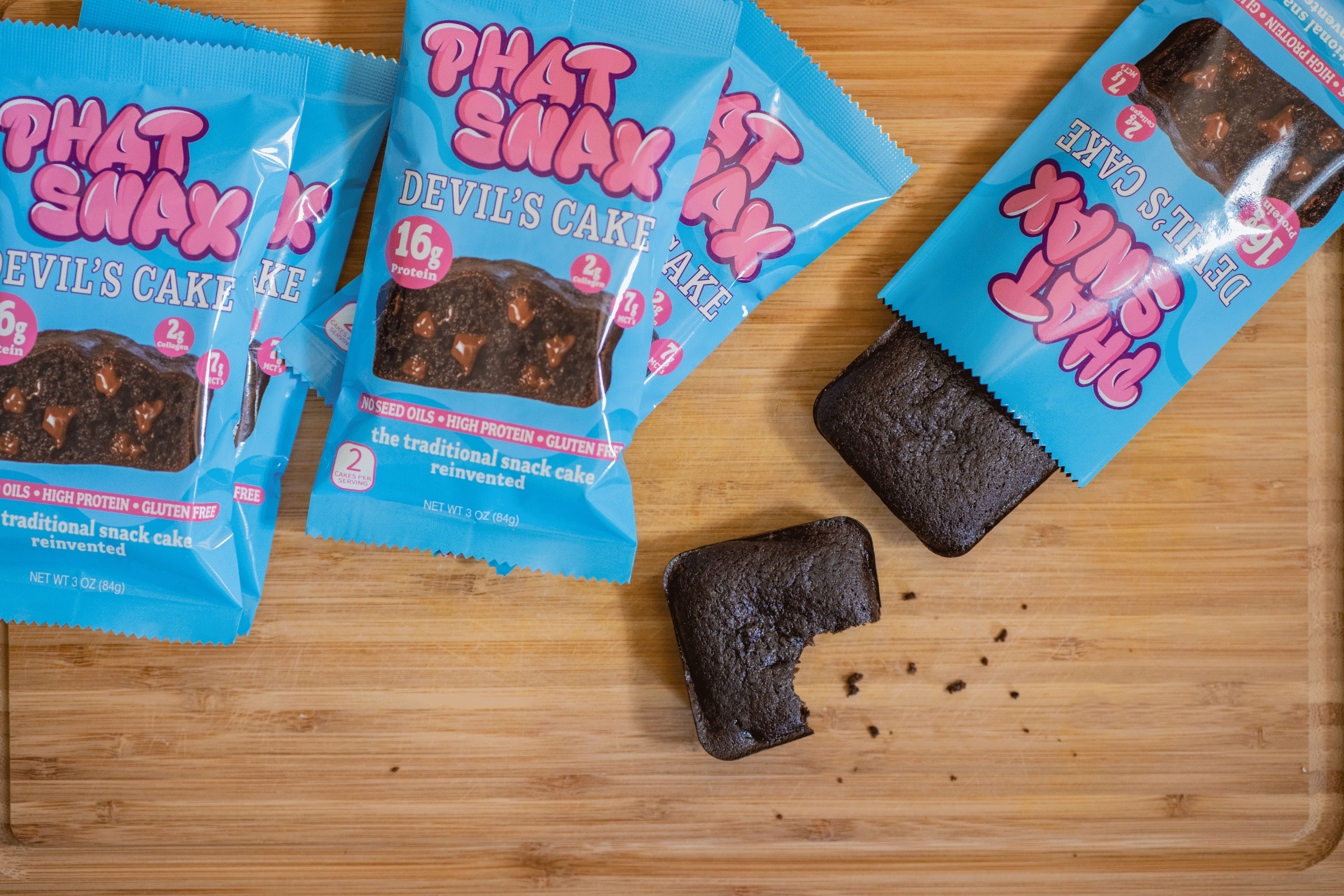
Phat Snax is redefining the snack aisle with a mission to make America’s snacks better for you — without killing the flavor. Their products, like

In 2025, more U.S. companies are ditching overseas packaging suppliers in favor of domestic manufacturers due to a mix of economic, logistical, and quality-driven factors.


